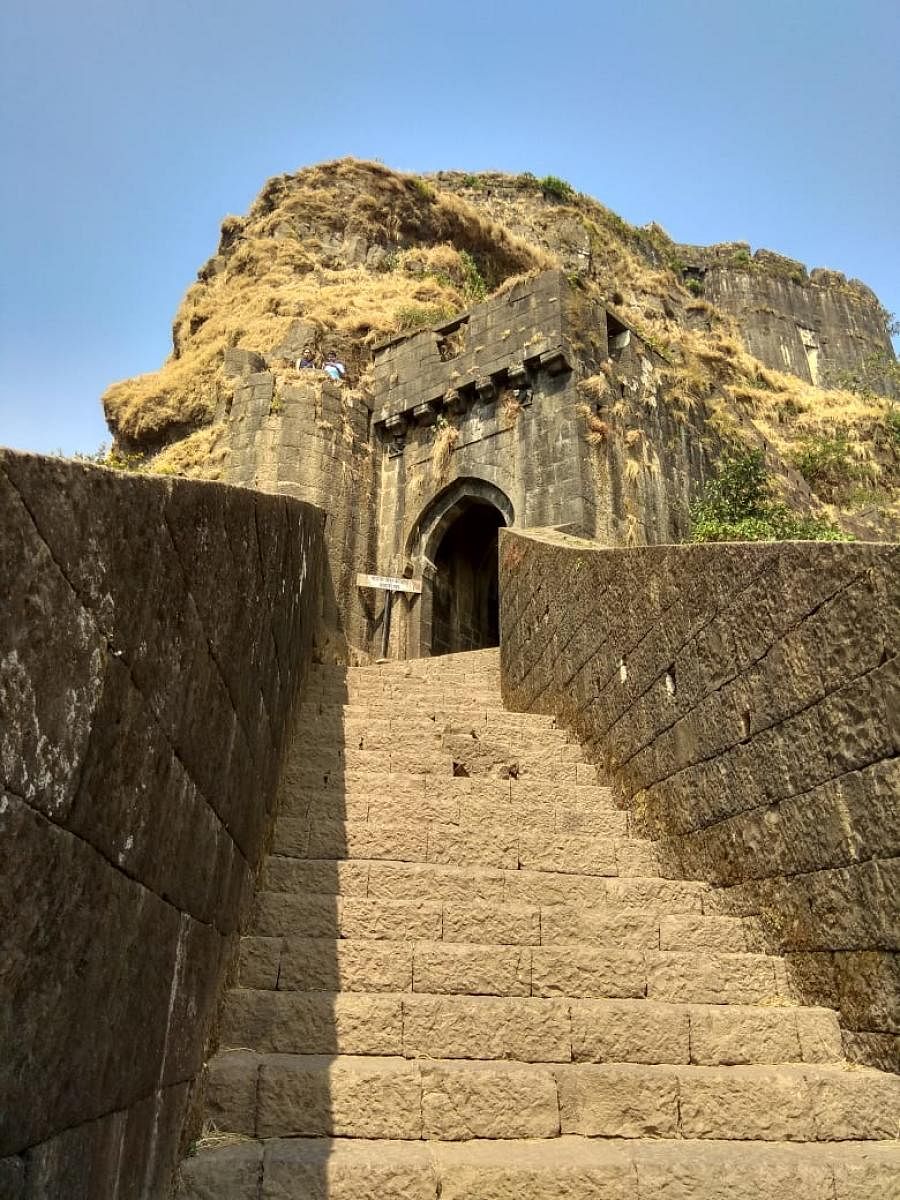
In a major initiative, hundreds of enthusiasts would join in for a heritage walk to seek a UNESCO World Heritage Site tag for a group of caves and forts in Pune district.
The heritage walk would be held on 25 November and the aim is to seek a way to integrate history, heritage, tourism, health and social work.
One of the major goals is to create awareness about Bhaje, Karla and Bedse caves besides Lohagad and Visapur forts near Lonavla in Pune district and seek UNESCO heritage tag for them. All the sites are located in the picturesque Sahyadri range.
The Social Action for Manpower Creation (SAMPARC), which since 1990 has been working for the rehabilitation, care and educational development of orphan children and all other needy, poor and disadvantaged children, is planning the event. "The heritage walk is all about history to future," said SAMPARC's founder-director Amitkumar Banerjee.
“The walk has multiple aims…it would create awareness,” said Shailesh Parte, Project Manager, SAMPARC, said, adding that this is the third year of the initiative.
“India is a pictorial kaleidoscope of beautiful landscapes and rich cultural heritage spread throughout it's opulent historical and royal cities that have been contributed by different people and races over the years. Culture and heritage play an important role in building an economically sustainable and cohesive country and there is a special need to focus on promotion and preservation,” he said.
The walk will begin from the sprawling green foothills of Bhaje caves. Bhaje is a group of 22 rock-cut caves dating back to 2nd century BC located near Lonavla. Protected by the Archeological Survey of India as a National Monument, it belongs to the Hinayana Buddhist Sect. At an altitude of 200 metres, one can witness a lush waterfall with water plunging into the foothills.
Then the walk will lead a climb to Lohagad Fort, which is 3800 feet above sea level. Lohagad was one of the prominent hill forts of the Maratha Empire. For a short period, it was taken over by the Mughals. The hill extends to the northwest to a fortified spur, called Vinchukata (Scorpion’s Tail) because of its shape, which resembles a Scorpion’s tail. The beauty of the fort comes alive during monsoon when it is covered with mist and clouds.
The walk will cover 3.6 km with Lohagad being the highest point of the heritage walk. With the Fort to your right, you can see the gushing waters of Pavana Dam on the left. The enthralling view of archaeology tucked into natures abode will take you to another level of reality.
“The unique walking tour presents you with a rare glance into the rich history and culture of Maharashtra, an enthralling experience of the historical sites enveloped in nature will take you back in time. From history to architecture, food to culture - the participant will know the story of western Maharashtra come alive,” Parte added.